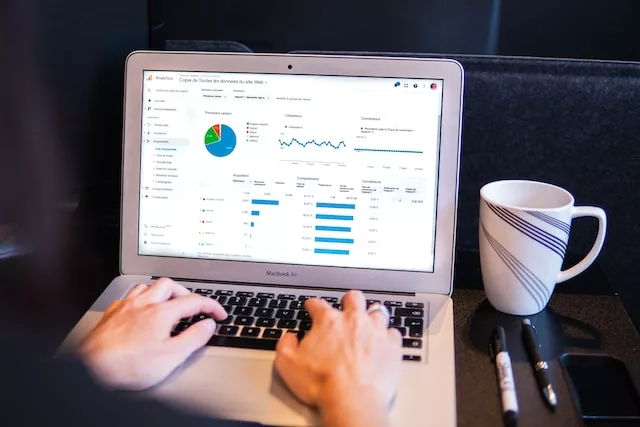In today’s modern world, data has become everyone’s biggest resource. From business owners to consumers, to your neighbors, everyone is looking to gather as much data as they can to make their next move. Data runs the world, but unless you’re an expert data analyst, you may find it hard to gather and read it.
Whether you’re a budding business looking to take things up a notch, or you want to improve your data analysis, you’ve come to the right place! Here’s everything you need to know to make your business’s data analysis stronger and better! Follow this guide and start analyzing your data the right way from the ground up!
Define your goals
The easiest way to start getting some results in your data analysis is to start by setting some goals. Before you start aimlessly gathering any and all data, first figure out exactly what kind of information you want to get. What problem are you trying to solve or understand, and what group are you looking to analyze? What kind of information can you obtain from your data and how can it help you with solving your problem?
These are the kinds of questions you should be asking yourself to set and define your goals. Once you’ve defined your goals, you can begin looking for the answers to your questions in the data!
Use the right tools
Once you’ve set your goals and you’ve defined what you’re looking for, it’s time to get out there and analyze! When analyzing data, the methods and software you use can make or break your research. If you’re using tools that are outdated, clunky, or inefficient, you will lose time and money and might miss your results.
Every good data analyst needs the right set of tools, software, and systems to do their work. Whether you’re using a single analytics tool or multiple connected ones, you have to find what works best for you. Do your research and look into your options and find the best tools available for your data analysis.
Gather and collect your data
With the right tools, resources, and goals in mind, you can start gathering your data for analysis! Before you start collecting your data, you first need to figure out how you’re going to be measuring it and where it’s going to be coming from. Start by identifying your quantitative and qualitative data and finding ways to collect and store both.
Your quantitative data will be easier to measure, calculate, and store. Your qualitative data can be trickier to find and store, which is why you need to plan well for it in advance. Qualitative data can come from your emails, support chats, social media, and surveys.
Visualize and interpret your results
After collecting the data and storing it, it’s time to visualize it and to interpret the results! There are many ways to go about visualizing your data and it all depends on the data at hand. You can use standard visualization tools or something more specific to your needs and wants as a company. Once you’ve visualized your results, you can start drawing some conclusions and finishing up your research.
Interpreting your results is only as easy as you make it. If you make your visualization too muddled or unclear, you’re going to have a tough time extrapolating results from it. Try to keep things as minimal as possible and only include relevant data to your research questions and goals. Trim the fat and keep things neat and you’re good to go.
Implement your results and plan for the future
Finally, once you’re able to glean some results from your data, it’s time to implement your findings! Digging out important data is only half the work, the other half is making use of it to better your company. Create a plan of implementation for your results and start with small, but achievable tasks. Prioritize your results and next steps to maximize the outcome of your data analysis.
Finally, no successful data analysis is complete without reflection! If you want your business’s data analysis to improve in the future, analyze your last data analysis. Look at what did you well, where you went wrong, and where you could improve. Use this to improve your data analysis in the future!
So there you have it! With this guide in mind, your business is ready to tackle data analysis like a pro! To improve your data analysis skills, start by setting and defining some goals you want to achieve. Make sure to use the right tools to achieve your goals and take special care when gathering and collecting your data. Keep your data visualization simple and easy to read so you can interpret it better. Finally, implement your results and remember to look back on your analysis technique to improve in the future!
















